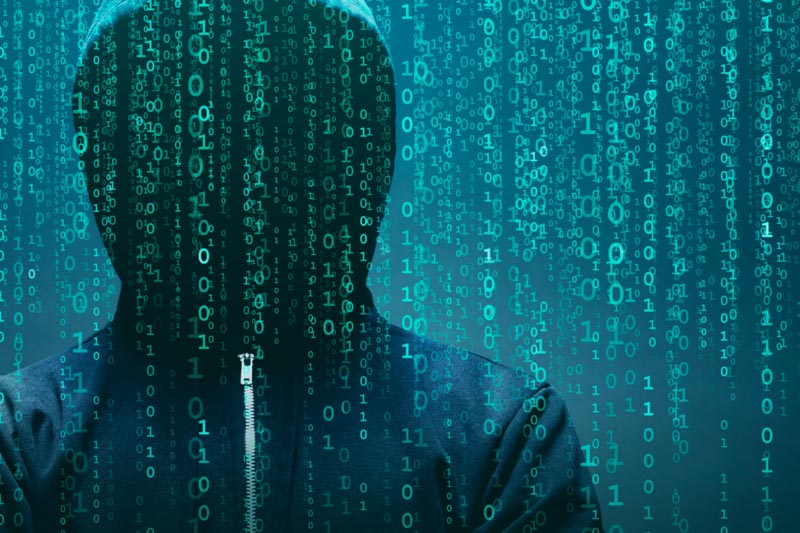
Deceleration or the Chance for Success?
May 27, 2020
Is the Brazilian Market Attractive? Is Now a Good Time to Invest?
May 27, 2020As the coronavirus (COVID-19) continues to spread around the world, people are confused by disinformation that is prevalent on the internet. Cyber criminals were the first to take advantage of this dissemination of bad information. The latest pattern involves fraudulent emails related to the coronavirus.
Increasingly, governments and companies recommend telecommuting to control the spread of COVID-19. Now that more companies are doing so, this is a good opportunity to analyze how corporate systems should be accessed remotely. The risk to corporate information is increased when devices are removed from the premises and connected to new networks or Wi-Fi for the first time. To reduce the cybernetic risks associated with telecommuting, the following is recommended to IT managers:
- Provide workers a secure VPN environment so that they can safely connect to the corporate network.
- Install security software as appropriate on all corporate devices, including mobile phones and laptops, and take further security measures (like erasing data from devices if they are lost or stolen, both work-related and personal), isolate data, and limit which software/apps can be installed on the same devices.)
- Update software and apps to the latest versions and keep them updated.
- Restrict access rights of people who connect to the corporate network.
- Inform employees about the dangers of responding to spam.
A February 2020 piece on G1.Globo informs that in an annual report by the FBI (Internet Crime Report) with data from 2019, there were 467,361 cybercrimes reported in the U.S., totaling US$3.5 billion of damages to the victims.
The article mentions that practically half of the losses, $US1.7 billion, occurred by means of fraud in the category of Business Email Compromise (BEC). In this type of crime, the scammer engages a company’s employees through e-mail messages to get them to make payments to an account controlled by the hackers.





